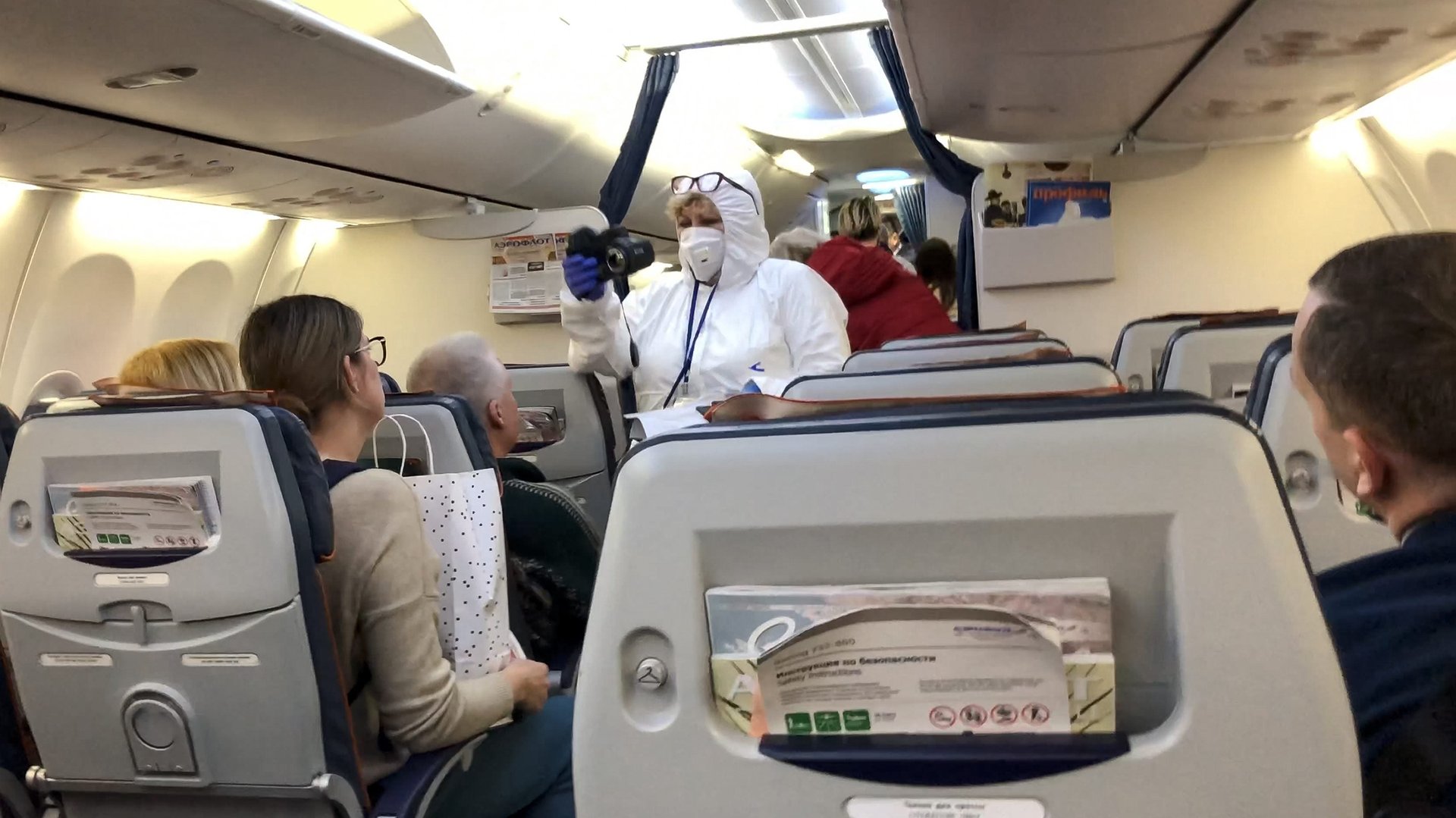The European travel ban will have far-reaching consequences
On any given day last year, an average of about 25,000 European residents, excluding people based in the UK, entered the US. Some were there for work, others commencing long-awaited vacations, or visiting faraway family members.


On any given day last year, an average of about 25,000 European residents, excluding people based in the UK, entered the US. Some were there for work, others commencing long-awaited vacations, or visiting faraway family members.
For the next 30 days or more, the daily number of these US-bound travelers will be much closer to zero, due to wide-ranging travel restrictions imposed as the new coronavirus makes its way across the world.
In a televised address yesterday, US president Donald Trump announced a ban on incoming travel from the 26 European countries in the Schengen area where passports aren’t required to cross borders: Austria, Belgium, Czech Republic, Denmark, Estonia, Finland, France, Germany, Greece, Hungary, Iceland, Italy, Latvia, Liechtenstein, Lithuania, Luxembourg, Malta, Netherlands, Norway, Poland, Portugal, Slovakia, Slovenia, Spain, Sweden, and Switzerland. With infection rates rising rapidly in the UK, the country may yet find itself added to the list. US citizens in those countries will be permitted to return home.
For the travel industry, the news couldn’t be much worse. For the past three weeks, airlines have barely limped along, with share prices plummeting. Norwegian Air today announced it would be laying off 50% of its staff. Airlines most affected are likely to be those running regular transatlantic routes, including the German airline Lufthansa and Air France-KLM, which has its headquarters in the Netherlands. These new restrictions will affect 3,500 flights per week and up to 800,000 passengers, according to aviation analysts at Bernstein.
How much it’ll all cost is a harder question to answer. Before the travel bans were announced, the International Air Traffic Association predicted annual revenue losses of $113 billion to the sector. These additional restrictions will likely require revisiting these already troubling numbers. The only bright spot, if you can call it that, is a near-guaranteed fall in carbon emissions, with fewer gas-guzzling flights taking to the sky. But given the number of jobs lost in the process—and the tragic circumstances—it’s decidedly cold comfort.